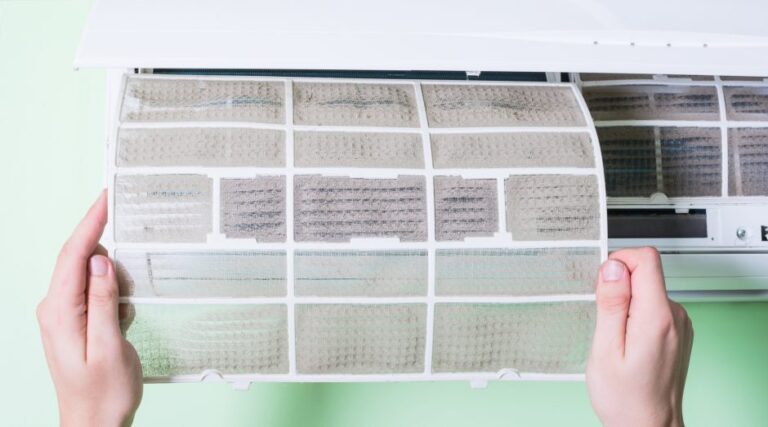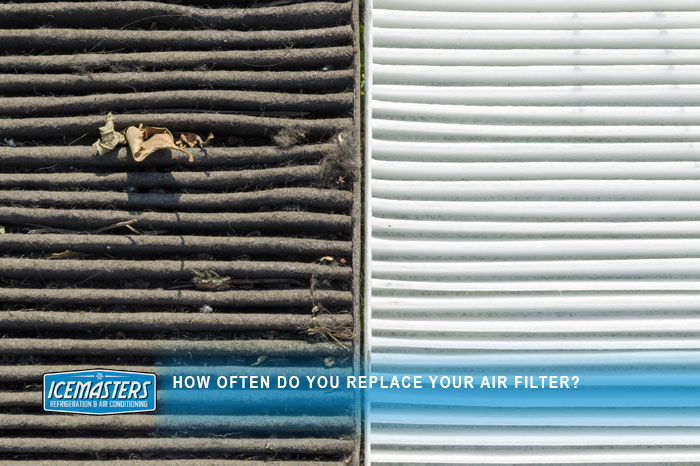Calgary’s Most Common HVAC Systems: Your Easy-To-Digest Explainer
Clearing the air on HVAC systems. We know that commercial HVAC systems can be pretty confusing to folks who aren’t in the industry. Terms like “split system” and “VRF or VRV” aren’t very self-explanatory, which leaves the average building manager or property owner out in the proverbial cold.
But here at ICEMASTERS, we believe everyone should know about what HVAC system they’re using and what its capabilities are – especially when it comes to commercial systems. After all, a little knowledge goes a long way.
And, in this case, it can also help you avoid costly and uncomfortable situations in the future.
What exactly does an HVAC system do?
Some people are surprised to learn that a good HVAC system does more than just heat and cool the inside of a building. Any HVAC worth its coolant will keep temperatures where you want them to be while also keeping CO2 levels low and the humidity balanced.
Fact is, there are a lot of different options when it comes to commercial HVAC systems and no single option is going to work right for every building. It takes a trained and certified professional to know what HVAC system is best suited for what purpose and space size.
Even more, it takes a highly experienced HVAC specialist to install and properly maintain complicated commercial systems.
This is why businesses like ICEMASTERS even exist! We apply the talents of our highly trained industry veterans to your commercial space’s heating & cooling/ventilation demands.
… SO WHAT DOES HVAC ACTUALLY MEAN?
Heating: A good HVAC will keep building interiors warm by passing air through its internal heating system. These internal heat sources typically use either gas, radiator coils, or hot water to warm the air as it passes through.
Ventilation is hugely important to any self-respecting HVAC system. An HVAC’s ventilation does 2 big things:
1. It keeps air healthy to breath.
2. It helps prevent the rest of the HVAC system from breaking down due to system clogs from airborne dirt, dust, and other undesirable particles.
AC (air conditioning) of HVAC systems keep temperatures cool by forcing air through its coolant systems and into the building. As the air conditioner moves the air through its coolant, it will also either dehumidify by removing any extra moisture or humidify by enhancing airborne water vapour.

Now you know the reasons behind using a high quality HVAC system. Let’s switch to discussing some of the most common commercial HVAC systems in use throughout Calgary and S. Alberta today.
Modern HVAC systems are broadly categorized into three system types: Single Split System, Multi-Split System, and Variable Refrigerant Flow (VRF) or Variable Refrigerant Volume (VRV) system.
SINGLE SPLIT HVAC SYSTEMS:
Single split HVAC systems are likely the most popular type found on the market today, and they’re certainly one of the most immediately affordable. Single split systems are intended for smaller commercial spaces, such as coffee shops and smaller storefront retail spaces.
Your typical single split system consists of 2 units: An outdoor unit is a cabinet that contains the compressor, expansion coil or capillary tubing, and the condenser coil. This cabinet will be placed in close proximity to the outside wall near its partner, the aptly named indoor unit.
The indoor unit is the part everyone sees, so it’s (usually) more silent and esthetically appealing, containing only the cooling coil, blower, and air filter.

MULTI-SPLIT HVAC SYSTEMS:
A multi-split HVAC system is very similar to a single split system, but the single outdoor cabinet powers up to 5 indoor units. Multi-split HVAC systems are a good choice for smaller office complexes, portable classroom units, and bed & breakfasts.
VRF/VRV HVAC SYSTEMS:
Variant refrigerant flow (VRV) systems, AKA variant refrigerant volume (VRV), are significantly more complicated than single and multi-split HVAC systems. In simple terms, a VRF HVAC system is a ductless HVAC system that is capable of performing at high capacity. It will also cover large spaces (think rooftop HVAC systems indoor shopping malls, large open plan office spaces, or high density apartment buildings).
A VRF system is able to accommodate multiple indoor units/zones, supporting each zone’s respective climate demands. These HVAC systems can be a “heat pump” system (which is pretty self-explanatory in that it literally pumps heat to the zones that demand it). However, they can also be a “heat recovery” system that allows for simultaneous heating and cooling.
A Quick Word About Heat Recovery VRF Systems:
Heat recovery VRF systems are gaining in popularity due to their impressive energy efficiency. These systems are able to take (or “recover”) excess heat from one zone and transfer it to another zone that actually needs it. This ability to recover and transfer excess heat can lead to energy savings of up to 30% over more traditional HVAC systems.
Believe us when we say that there’s a whole lot more behind Calgary’s most common HVAC systems than what we’ve put in this blog post – but we don’t want to overwhelm you!
If you’re looking for more HVAC info then feel free to give us a call at Call Us or, if you prefer, just drop us a line via email.







